The Flash 2.0 USB-C Graphene 210W Power Bank is a unique and expensive charging solution that utilizes Panasonic graphene battery cells in a compact form factor.
This battery pack offers up to 100W output from a single port to efficiently charge even a 16-inch MacBook Pro. This power bank tries to stand out from the rest by using Panasonic graphene battery cells with multiple charging capabilities and an LED charge indicator.
Flash 2.0 Features and Design
The Flash 2.0 is a 20,000mAh battery pack with two USB-C ports, two USB-A ports, a wireless charging pad, and an LED indicator. It weighs only a pound and is relatively small despite all of the technologies packed inside.
A battery of this capacity can charge an iPhone about 5 full times or a 13-inch MacBook Pro about two full times.
This portable battery has a big footprint, at 5.7-inches by 3.2-inches and 1-inch thick. This isn't something you'll be buying to carry in your messenger bag, but rather have an entire pocket or pouch dedicated to it in a largish backpack.
You can get the Flash 2.0 in four colors— black, gray, yellow, and blue. The case material is a coated aluminum that blends well with the glass and plastic surfaces across the device.
The glass charging puck in the center has a lighting bolt with a color-matched coating. The display is a plastic cover over an LED numeric readout of the battery life.
The materials seem sturdy, though there is some concern over the durability of the finish over time. During testing, the battery lived in packs and pockets and didn't scuff any surface, though drops and rough environments could damage the coating.
The labels printed over the USB ports seem to be upside-down, though it isn't a deal-breaker. The blue indicating light for charging is a nuisance though, since it bleeds out through most of the ports instead of the hole for the light.
Flash 2.0 uses a graphene battery which remains cool to the touch during any use. Even when charging five devices simultaneously, the battery didn't heat up noticeably as compared to other battery packs which can heat up significantly during use.
The Chargeasap website notes the Flash 2.0 will never get hotter than 122 degrees Fahrenheit versus other batteries reaching 167 degrees Fahrenheit.
The Flash 2.0 is TSA/EASA approved, making it safe for airline travel.
Charging the Flash 2.0
The battery pack charges via USB-C and can charge at up to 100W. Using pass-through charging, the Flash 2.0 can charge its battery while passing power through to other devices simultaneously.
The second USB-C port can provide 60W out to a device while using pass-through charging.
Chargeasap claims a full charge from empty in one hour and 10 minutes when using a 100W charger. The battery charged quickly even when using the 75W Satechi charger at my disposal.
Using the USB-C pass-through charging worked great too. The 100W in/out port on the battery can be used to power all the ports and charge the battery at the same time, meaning you could bring the battery alone and leave additional charging hubs at home.
Charging Devices
The Flash 2.0 has four ports and a dual-coil wireless charging pad, so users can charge up to five devices at a max output of 210W.
- 100W USB-C
- 60W USB-C
- Two USB-A Quick Charge (total output=40W)
- 10W Dual-coil pad with 2.5W Apple Watch coil
During testing and general use, the battery pack was able to charge devices during use as advertised. The addition of an Apple Watch charging coil gives the Flash 2.0 an edge over competition, since other batteries either require a dedicated charging pad or additional cables to charge it.
Placing an iPhone 11 Pro on the battery pack worked fine, though the positioning needed to be precise. The Apple Watch aligns with the charging pad using a magnet.
When testing the Flash 2.0 with an iPad Pro we encountered an anomaly. The iPad Pro would not charge when connected via either USB-C port on the battery pack. This is likely due to how USB-C PD 3.0 chose to handle the connection and treated the iPad Pro as an incoming power source.
The iPad Pro charged fine when connected via the USB-A ports on the battery. Charging via USB-C works when connecting via a hub or the Magic Keyboard too, just not directly to the USB-C port on the iPad Pro.
Should you buy the Flash 2.0 Battery Pack?
The Flash 2.0 battery pack is a powerful battery with multiple charging options, at a high price.
This battery pack will bring some simplicity to your travel bag, as it replaces the need for separate chargers and hubs for Apple Watch and other devices. Its ability to charge five devices simultaneously means you'll be able to top off devices on the go or on your hotel nightstand without any fuss.
Despite the size and slight anomaly with charging the iPad Pro, this is the battery pack to have.
Pros
- Many charging options with up to five devices at once
- Integrated Apple Watch charger
- 100W output from a single port
- Cool to the touch while in use, great for flights and use in bags
Cons
Rating: 4 out of 5
Where to Buy
You can buy the Flash 2.0 USB-C Graphene 210W Power Bank at Chargeasap's website for $249.00.
 Wesley Hilliard
Wesley Hilliard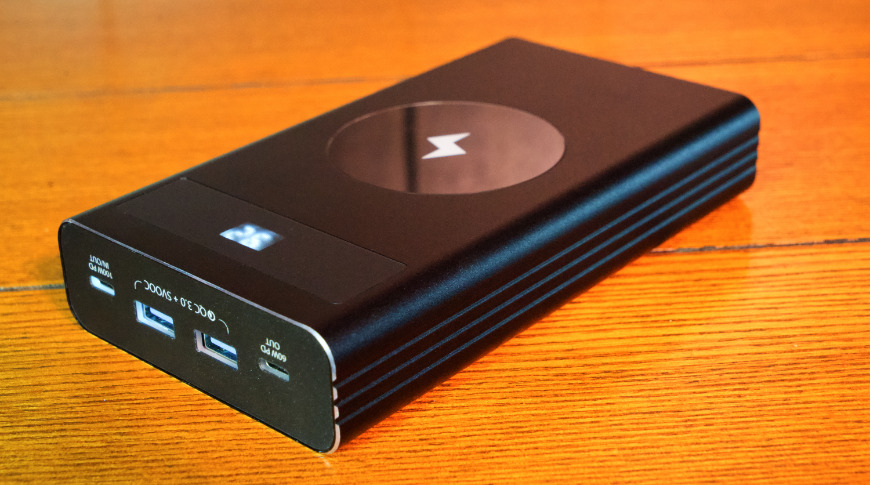
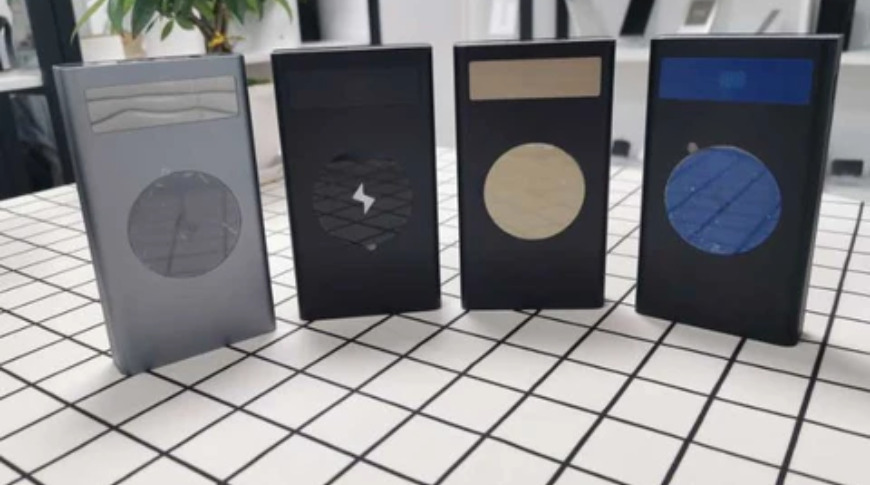
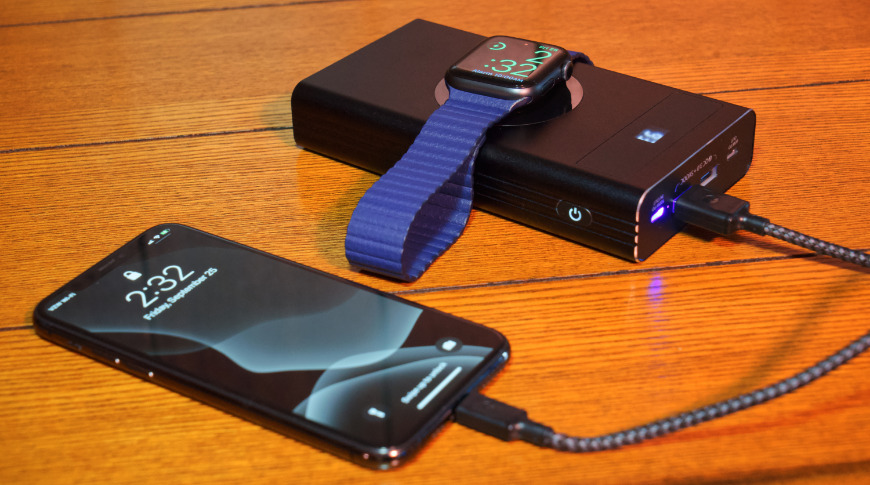
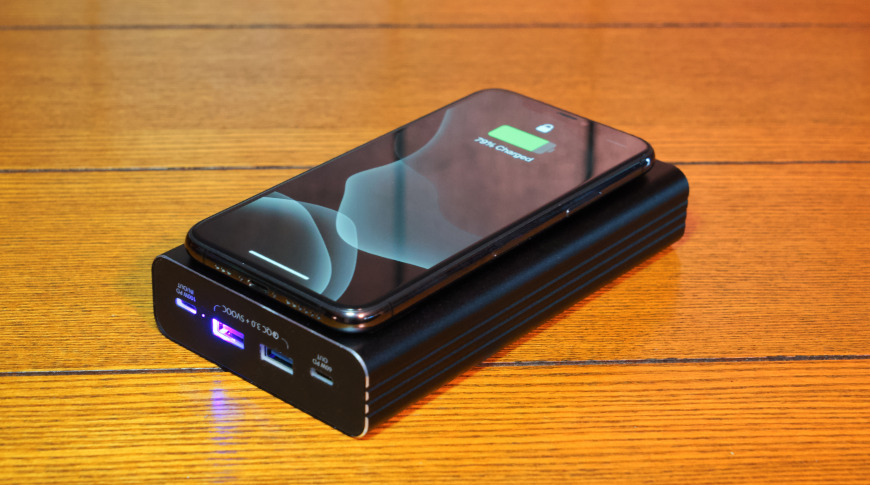

-m.jpg)





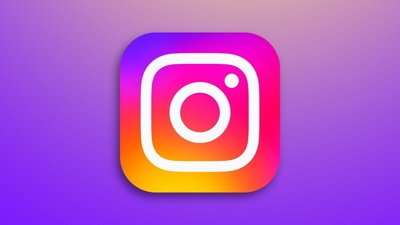
 William Gallagher
William Gallagher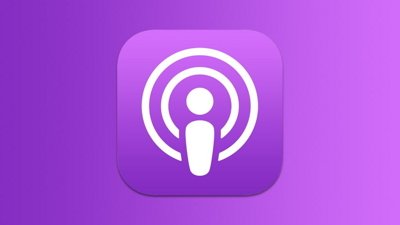
 Amber Neely
Amber Neely
 Oliver Haslam
Oliver Haslam
 Thomas Sibilly
Thomas Sibilly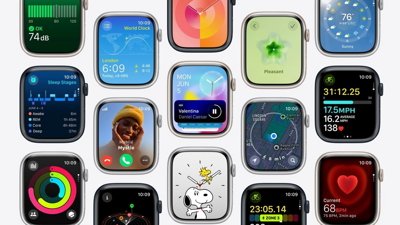
 Marko Zivkovic
Marko Zivkovic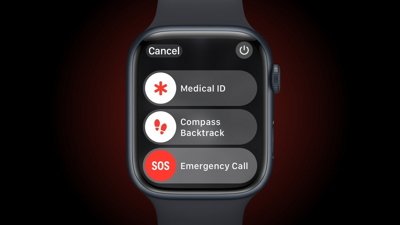
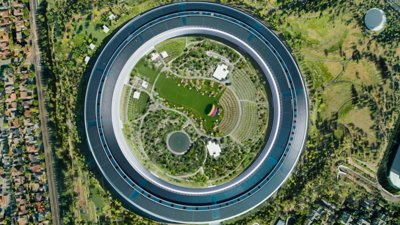

 Malcolm Owen
Malcolm Owen


-m.jpg)






5 Comments
While I’m not in the market for a powerbank I am very interested in learning more about this graphene battery technology. Based on what I have read, graphene batteries were still too expensive / difficult to produce in early 2020. Is this one of the first consumer-grade products with this technology?
I would love to learn more about this technology and about its potential in Macbooks and iPhones.
At $249 that certainly is pricey. Still, there are various special and professional uses where the high capacity would be uniquely useful: intercontinental flights of 8 hours and more, photographers on all-day shoots in the field, and so on.
The article mentioned this battery pack's size, but not the weight, which I had to go and look up: 500g/1.1 lb. That's no small amount — a power brick indeed.
I have one. It is a 74wh battery, With a .8m apple thunderbolt 3 cable it will charge my 16" Macbook pro by 50% in an hour discharging to zero. Using the apple 96w charger it will recharge the battery to 100% in about 45 minutes. Even with the best charging cable you are only going to get 52wh out of this battery due to energy/heat loss. A 13" Macbook pro has a 58wh battery. You will get less than a full charge from this battery. I have repeated this charge/recharge cycle at least 20 times in the last month. It is consistently repeatable.
The wireless charger on mine will not work through my case but it is an Otterbox Defender. That is pretty much a worst case (pun intended). With the case off, positioning the phone or device is finicky to the point of being painful. It is easier and faster to just plug your phone in.
You can charge multiple devices at the same time but the charge rate reverts to slow on all devices. You are still only going to get 52wh of charge spread out among your connected devices.
I got the early bird on Indiegogo so I only paid $149. For an airline safe battery that gives me an extra 4-5 hours of work time it is worth that to me. I got this solely to recharge my 16" Macbook pro. It does that, so I am happy with the purchase at the price I paid. You can still get this at $149 if you shop around for deals.
Compared to a typical 20,000 mAh battery pack, the Flash 2.0 is larger (18.24 cubic inches vs. 14.26 cubic inches), heavier (17oz vs 14oz), and about four times more expensive. It seems that the other claim to fame for this battery pack is charge/discharge speed, since my USB-C battery pack of similar capacity won't charge in an hour . It also appears that the graphene batteries are supposed to support more charge/discharge cycles than traditional lithium ion/lithium polymer batteries, though it's painfully difficult to get a straight answer on such things.
The PowerBank technical specs is fantastic. But my question is how it is possible to deliver 100watt hour power in 74 watt hour battery. Please anybody help me to understand.